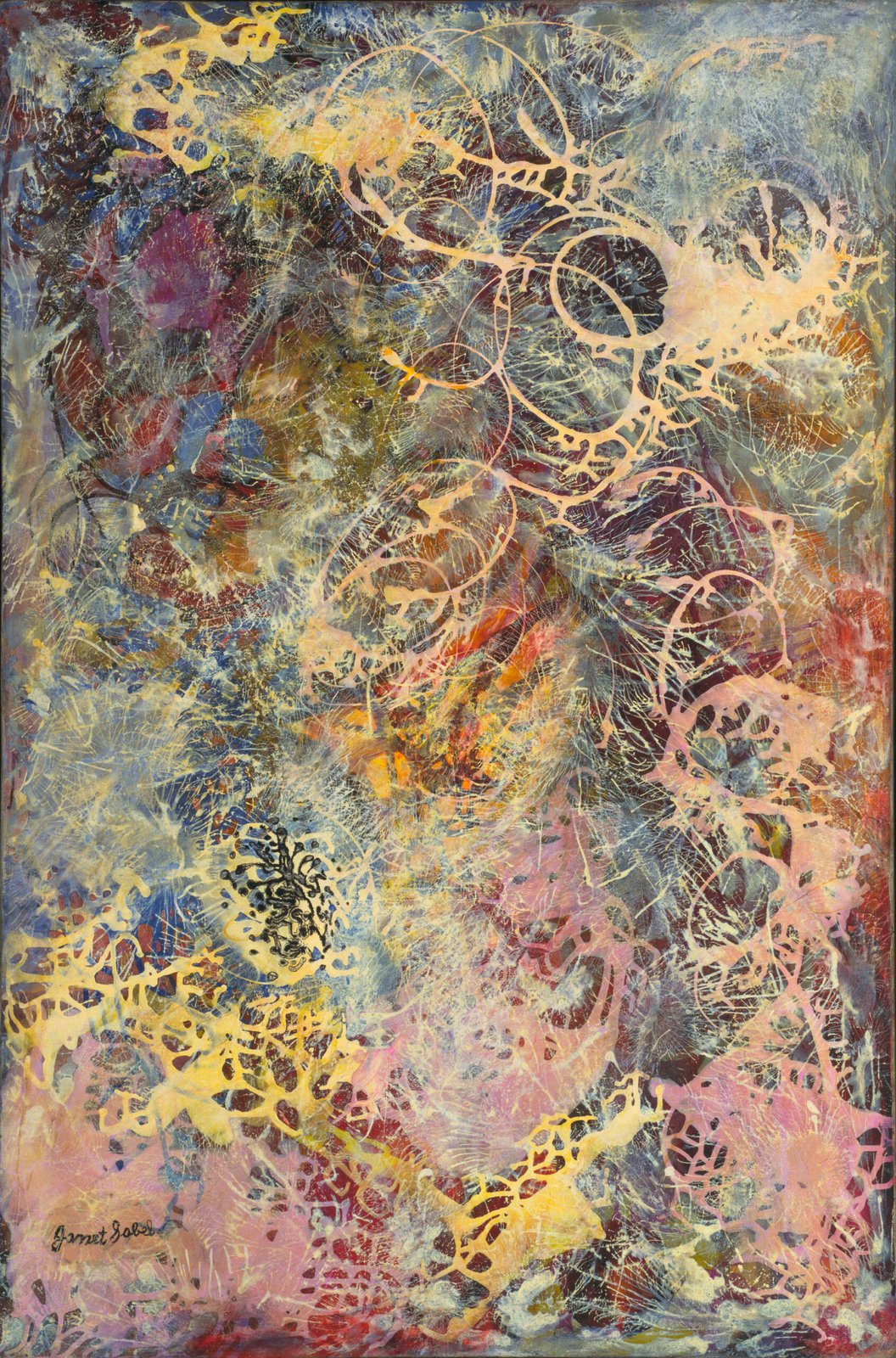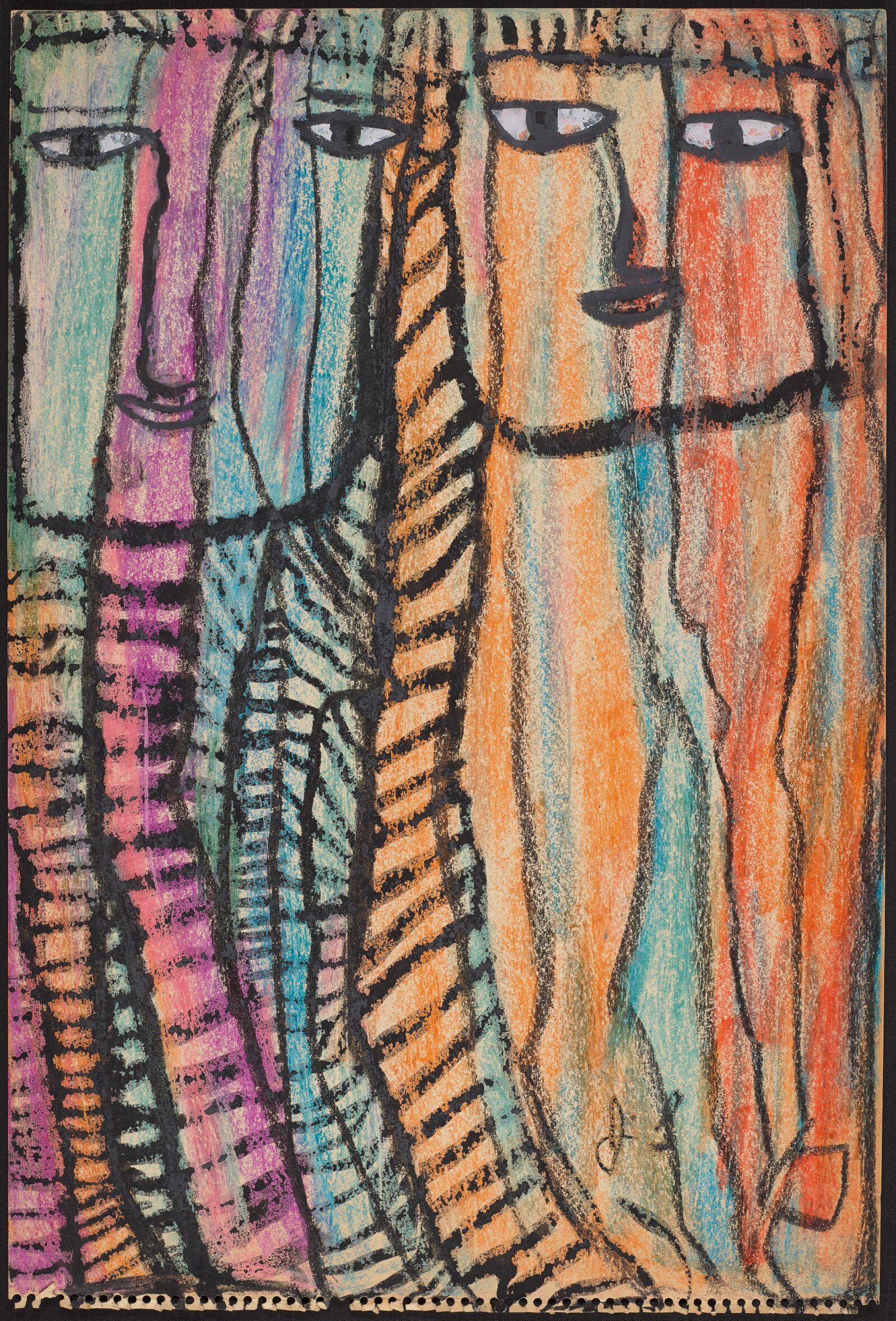
The Menil Collectionis set to host a groundbreaking exhibition, "Janet Sobel: All-Over," featuring around thirty paintings and drawings by artist Janet Sobel (1893–1968). This remarkable exhibition marks the first time Sobel's abstract works have been united in six decades, providing art enthusiasts a rare glimpse into her innovative approach to modern abstraction.
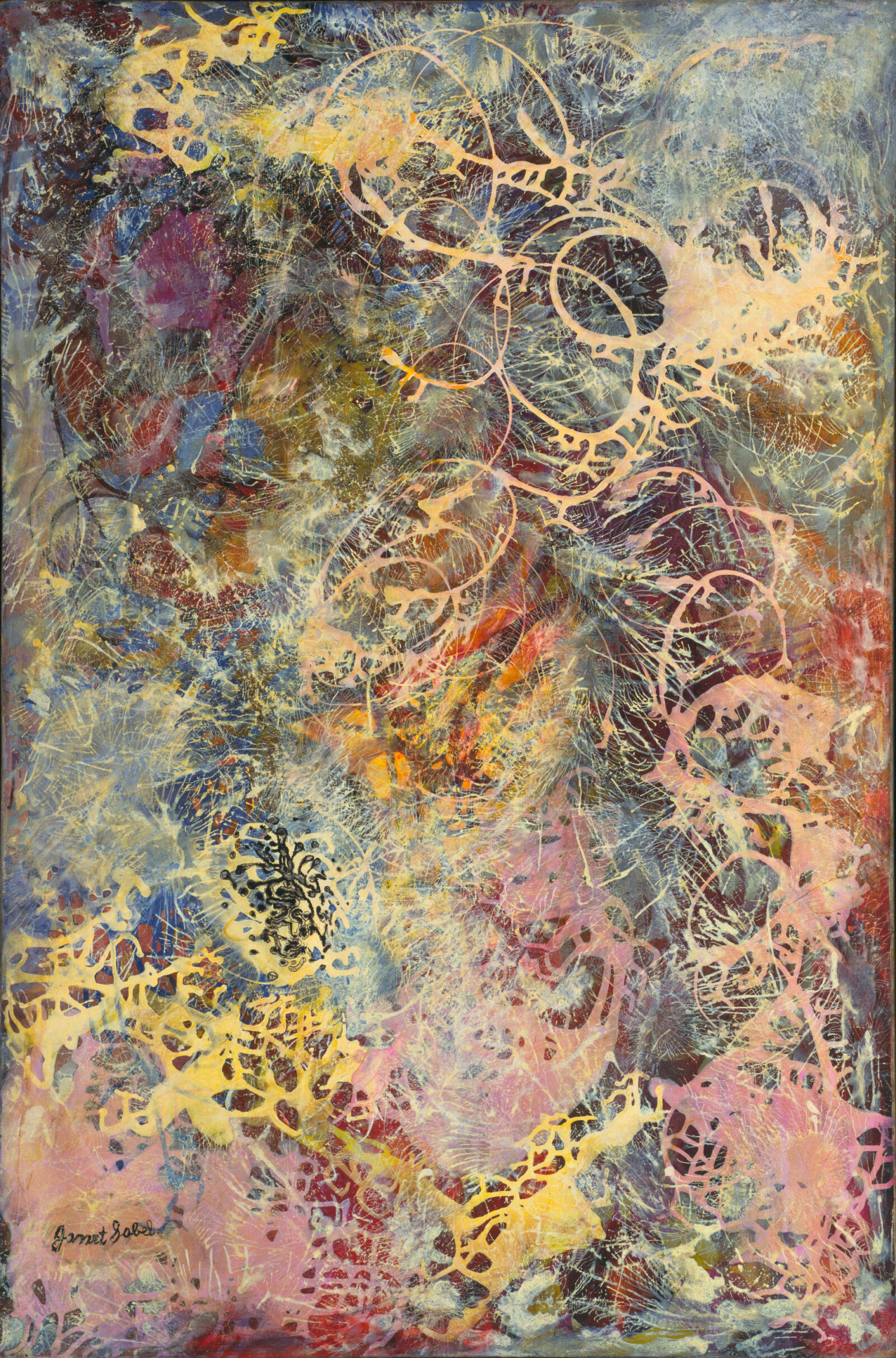
A Pioneer of Abstract Expressionism
Janet Sobel's exceptional career as one of the pioneering artists associated with Abstract Expressionism takes center stage in this exhibition. Notably, she played a crucial role in shaping the "all-over" painting movement, a unique form of modern abstraction. The show, scheduled to open exclusively atThe Menil CollectiononFebruary 23, 2024, and run untilAugust 11, 2024, brings together an array of significant loans from prestigious U.S. museums, private collections, and the artist's family.
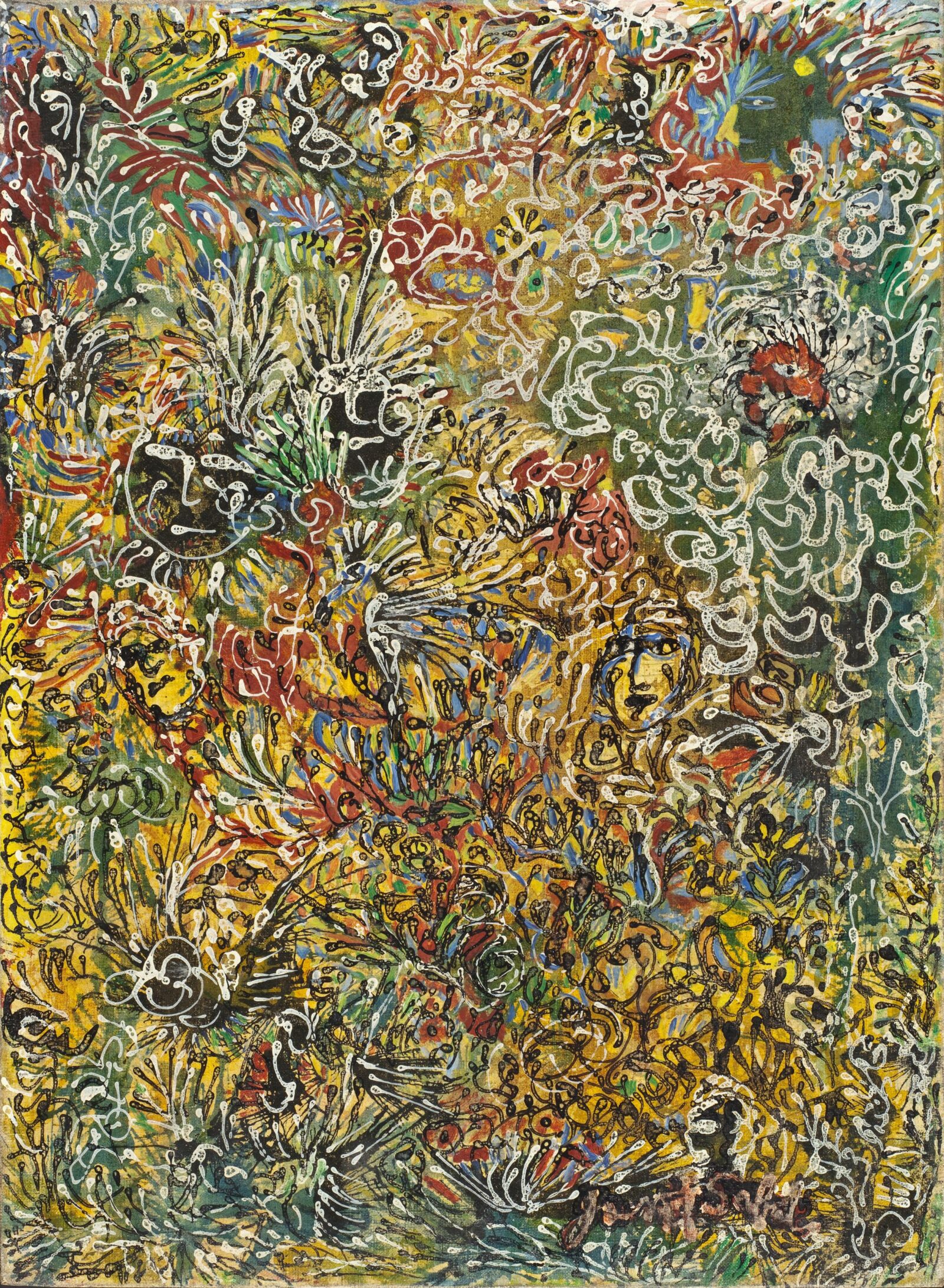
Reuniting Iconic Paintings
Major loans from institutions such as the Crystal Bridges Museum of American Art, Los Angeles County Museum of Art, the Museum of Modern Art, New York, and the San Diego Museum of Art will reunite six of Sobel's iconic all-over paintings for the first time in sixty years. The Menil Collection Director, Rebecca Rabinow, expresses her excitement about showcasing Janet Sobel's works and providing her the recognition she rightfully deserves.
Sobel's Artistic Journey
Janet Sobel began her artistic journey around 1940, experimenting with unconventional mediums such as glass, tile, cardboard, and more. She applied oil and enamel paints, often mixing them with sand, likely sourced from her family's costume jewelry-making business. One of Sobel's most accomplished paintings, "Milky Way" from 1945, showcases the range of experimental techniques she developed in the 1940s. Sobel's ingenious approach involved dripping paint onto the canvas, blowing it with a pipette, marbling wet colors together, and tipping the support to move the pigments across the surface.
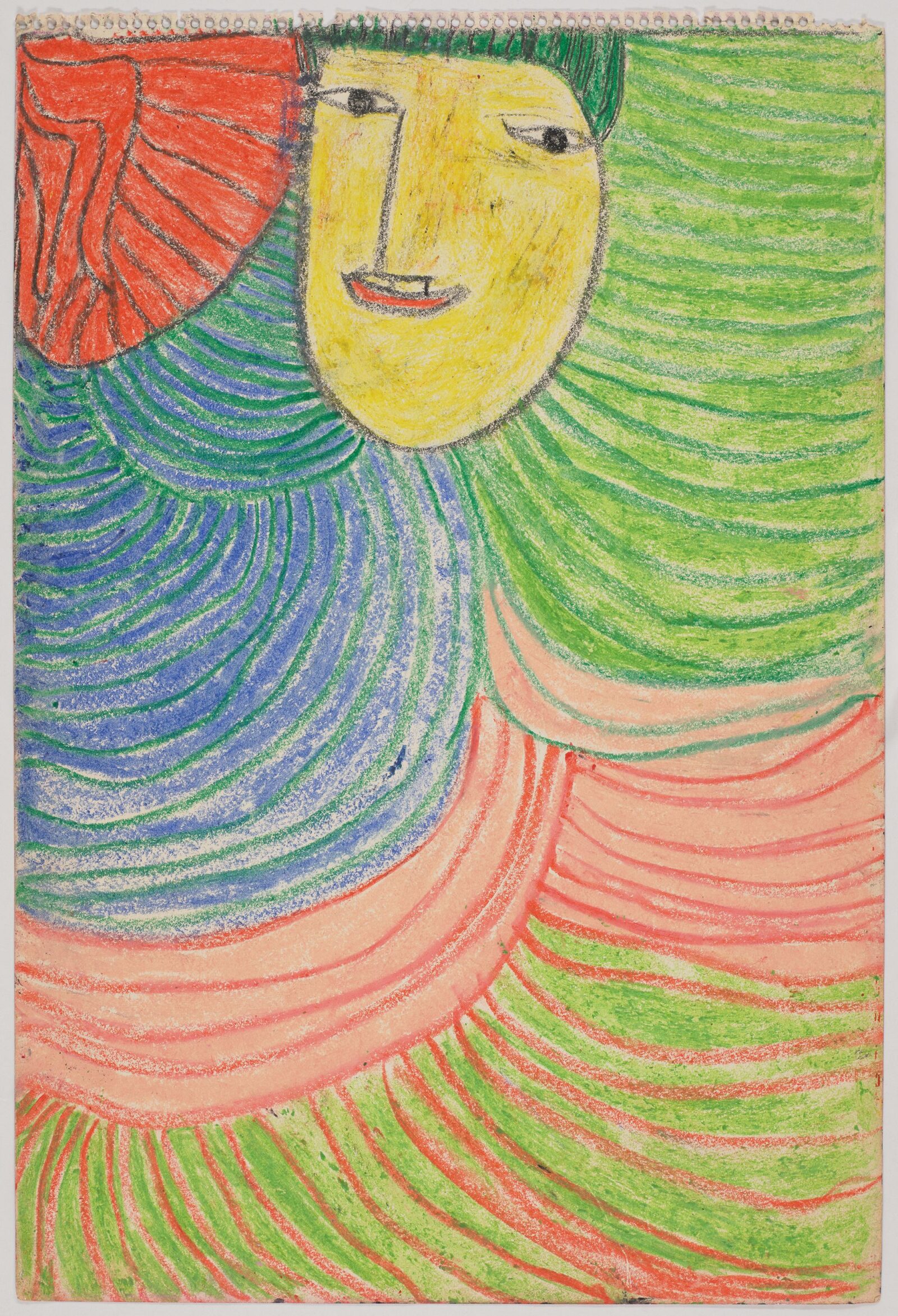
Unconventional Techniques
Sobel's ingenuity extended to unorthodox methods, as seen in one painting where she used a ridged tool to carve deep, lined scoops into the paint surface. She also created numerous drawings during her career, applying bold, bright colors in crayon, ink, and pencil. These drawings embedded faces and human figures within overgrown floral motifs and linear patterns. A selection of works on paper further expands the exhibition by demonstrating her approach to this practice, with a series of parallel strokes that knit foreground and background together into dense, interlocking shapes.
Recognition and Resurgence
Natalie Dupêcher, Associate Curator of Modern Art at The Menil Collection, emphasizes the significance of "All-Over" as the first time many of Sobel's paintings have been displayed together since her death in 1968. Sobel's breakthrough occurred in the early and mid-1940s, leading to her first solo show in 1944 at New York's Puma Gallery. Her work received widespread acclaim and caught the attention of prominent dealer and collector Peggy Guggenheim, who lauded Sobel as "the best woman painter by far in America."
The Legacy Rediscovered
The exhibition aims to restore Janet Sobel to her rightful place in art history. American art critic Clement Greenberg once described Sobel's technique as "the first really all-over effect that I had seen." However, Sobel's contribution to mid-century abstraction was often overlooked in historical accounts. "Janet Sobel: All-Over" seeks to correct this oversight and return her to the center of the conversation.
For more information about this upcoming exhibition, visitmenilcollection.org.
